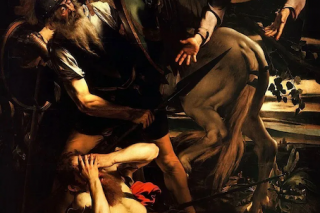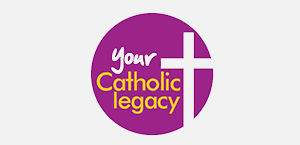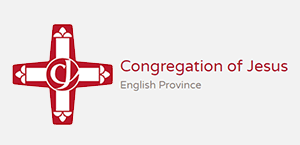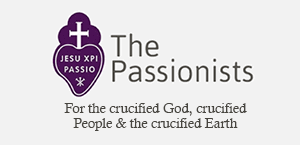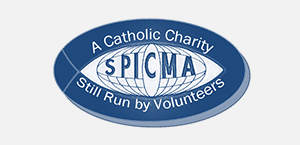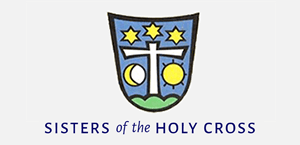Gospel in Art: I have not come to bring peace, but a sword
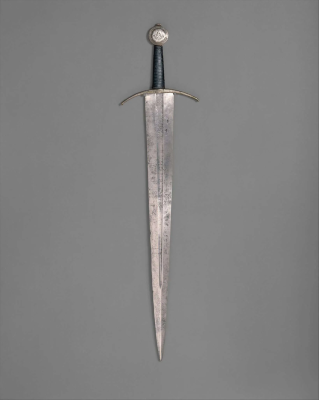
Steel sword, Western European 1400 © Metropolitan Museum of Art, New York
Source: Christian Art
Gospel of 14 July 2025
Matthew 10:34-11:1
At that time: Jesus instructed his Apostles: 'Do not think that I have come to bring peace to the earth. I have not come to bring peace, but a sword. For I have come to set a man against his father, and a daughter against her mother, and a daughter-in-law against her mother-in-law. And a person's enemies will be those of his own household.
'Whoever loves father or mother more than me is not worthy of me, and whoever loves son or daughter more than me is not worthy of me. And whoever does not take his cross and follow me is not worthy of me. Whoever finds his life will lose it, and whoever loses his life for my sake will find it.
'Whoever receives you, receives me, and whoever receives me, receives him who sent me. The one who receives a prophet because he is a prophet will receive a prophet's reward, and the one who receives a righteous person because he is a righteous person will receive a righteous person's reward. And whoever gives one of these little ones even a cup of cold water because he is a disciple, truly, I say to you, he will by no means lose his reward.'
When Jesus had finished instructing his twelve disciples, he went on from there to teach and preach in their cities.
Reflection on the Medieval Sword
During the Middle Ages, the design and use of swords evolved considerably to meet the demands of changing warfare and armour. Early medieval swords, such as the Viking sword and Norman arming sword, were relatively broad, short, and suited to slashing, ideal for taking down lightly armoured opponents. As mail and then plate armour developed, swords became narrower and more tapered, allowing for thrusting to exploit gaps in armour. Knights and men-at-arms typically owned multiple swords for different contexts: a heavier longsword or war sword for fighting on foot, delivering powerful two-handed blows; a lighter arming sword or knightly sword for use from horseback, favouring agility and one-handed control. The design of each sword reflected the practical needs of the battlefield. Our illustrated sword however was intended for presentation or for ceremonial use rather than as a fighting weapon. The Latin quotation inscribed on the pommel reads in translation, "here, too, virtue has its due reward" (Virgil, Aeneid, book 1, line 461). The inscription (now illegible) on the blade is an early example of the use of etching for the decoration of a weapon. decades later we find much more elaborately carved and etched swords.
So why does Jesus mention a sword in today's Gospel? Surely, as followers of Christ, we are called to be peacemakers-to spread the Good News without any hint of violence. Yet Jesus knows that the message of the Gospel will not always be met with peace. Some will listen and embrace it; others will reject it. The sword He speaks of is not one of violence, but of division. Just as a sword cuts and separates, the Gospel draws a line between those who choose to follow Christ and those who turn away.
Jesus is warning us that His very presence on earth will provoke strong responses. Some will receive Him with open hearts; others will resist or oppose Him. In a world that often grows cold or even hostile towards Christian faith, this Gospel calls us to stand as one family, united in our witness and support for one another. The Good News may divide the world, but as Christians we are always united. Christ draws us together in a bond that no earthly opposition can ever break.
LINKS
Gospel in Art: https://christian.art/
Today's Reflection: https://christian.art/daily-gospel-reading/matthew-10-34-11-1-2025/ (with audio)





